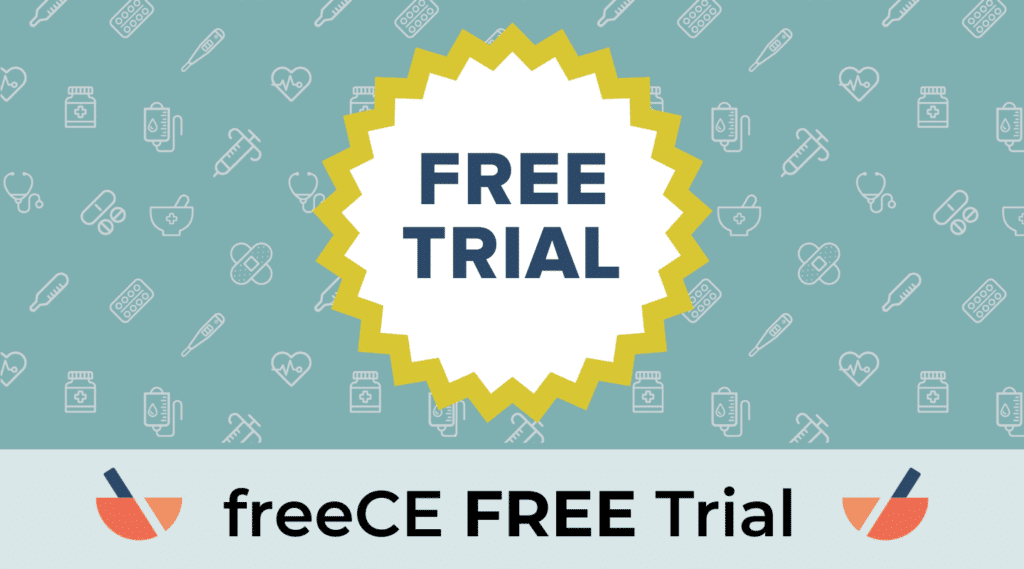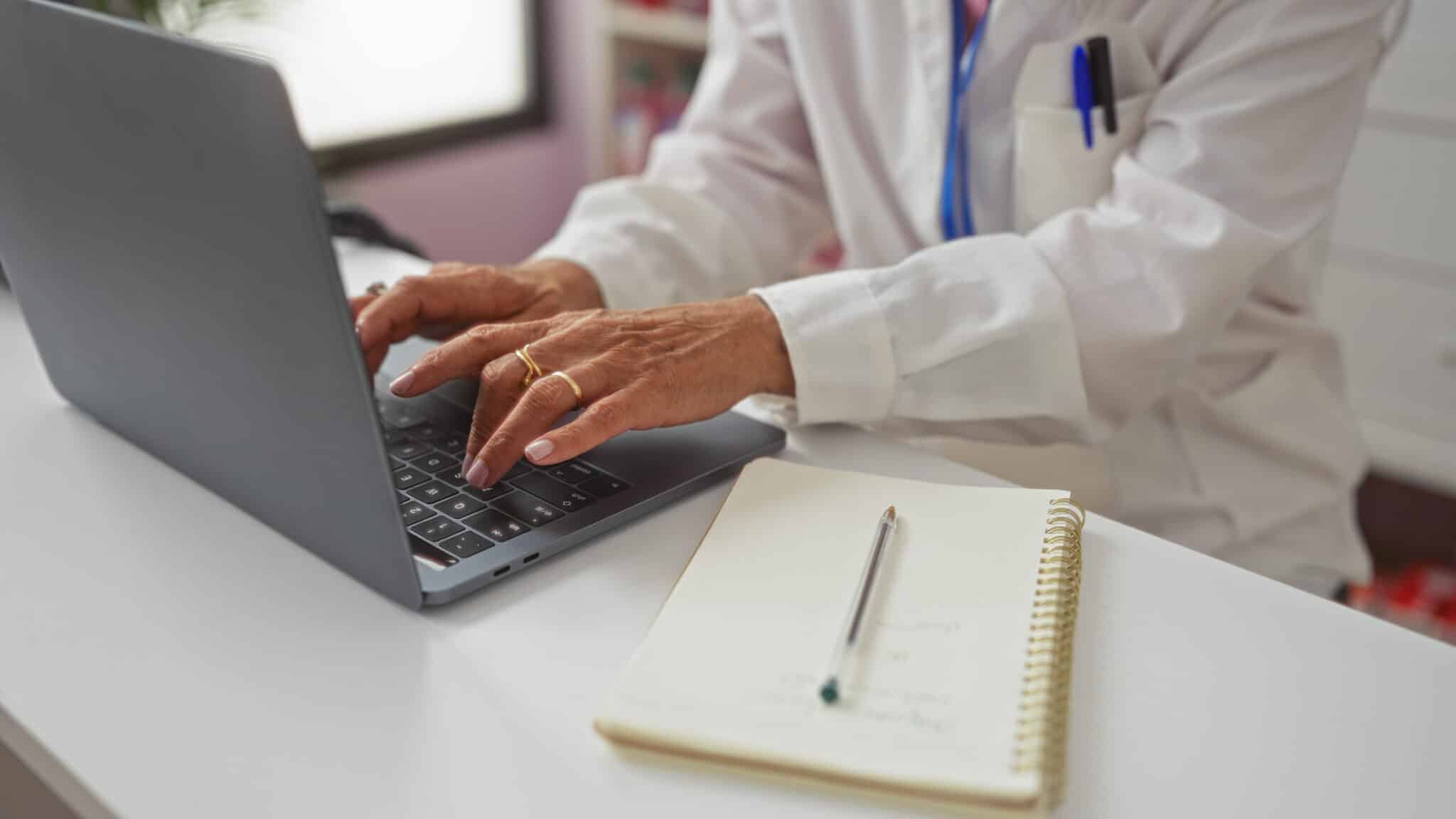Table of Contents
The Importance of Medication Safety in Pharmacy
According to the World Health Organization (WHO), there is a 1/300 chance of a patient being harmed during health care. This stat underlines the urgency and importance of ensuring medication safety, emphasizing the need for a collaborative effort across healthcare professions.
What is a Pharmacist’s Role in Medication Safety?
Pharmacists are entrusted with the critical responsibility of dispensing medications accurately, considering factors like dosage, timing, and potential interactions. Any lapse in medication safety can lead to adverse effects, compromised treatment outcomes, and harm to patients.
The consequences of medication errors extend beyond individual patients to affect the overall trust in healthcare systems and the pharmacy profession. Ensuring medication safety is not only an ethical obligation for pharmacists but also a legal requirement. Adhering to established safety protocols helps pharmacists mitigate risks and uphold the highest standards of patient care.
As healthcare evolves, pharmacists are increasingly involved in diverse roles, including medication management, patient education, and collaborative care. Medication safety practices equip pharmacists to navigate these complexities, fostering a culture of continuous improvement and positioning them as integral contributors to broader patient safety initiatives within the healthcare system. Ultimately, prioritizing medication safety is fundamental to maintaining the trust of patients, improving healthcare outcomes, and upholding the professional integrity of pharmacists.
“While pharmacists’ contribution to medication safety has been historically focused on dispensing, pharmacists’ roles have expanded as medication therapy has increased in complexity, and many patients—even those with serious illness—can now receive care in the home and in community settings.”
The 5 Rights of Medication Use
Many healthcare professionals know and abide by the “five rights” of medication use. The “five rights” of medication use—ensuring the right patient, drug, time, dose, and route—are widely recognized as crucial principles in maintaining medication safety within healthcare systems. These rights, when followed diligently, aim to prevent errors and adverse effects during the medication administration process. However, there are limitations to practically applying them.
While the five rights set clear goals for safe medication practices, they offer little guidance on how to achieve these objectives, leaving healthcare practitioners grappling with real-world challenges. The lack of specific protocols for certain situations, such as illegible prescriptions or unclear patient identification, makes it difficult for professionals to ensure compliance with these rights. Factors like poor lighting, inadequate staffing, and poorly designed medical devices further hinder the accurate verification of the five rights.
The FIP Policy for Medication Safety
The FIP (International Pharmaceutical Federation) policy for medication safety is a comprehensive and multi-faceted approach aimed at promoting patient safety globally. The policy, outlined in FIP’s “Statement of Policy: The Role of Pharmacists in Promoting Patient Safety,” addresses various aspects of medication safety, including policies, engagement and advocacy, and education and training.
- Policies, Procedures, and Guidelines:
- FIP advocates for implementing a regulatory framework that encourages the sharing of information to facilitate safe individual patient care.
- They emphasize the need to define levels and areas of individual and shared responsibility regarding the adoption of national health and medication-related policies.
- FIP encourages the development, implementation, and monitoring of national health and medication-related policies that promote the safe and effective use of medications.
- They stress the importance of supporting non-punitive national systems for reporting, monitoring, analyzing, and disseminating safety events to encourage shared learning about medication errors and medication-related harms.
- Engagement and Advocacy:
- FIP urges healthcare professionals and stakeholders to engage in constructive dialogue to enhance patient safety.
- They emphasize collaborative work and information sharing between healthcare professionals while respecting data protection regulations.
- Patient empowerment programs, access to health information, and medication reconciliation are advocated to improve patient safety.
- FIP encourages the active involvement of pharmacists in campaigns to educate patients, caregivers, and the public on the pharmacist’s role in medication safety.
- Education and Training:
- FIP supports the inclusion of patient safety and the role of different healthcare professions in undergraduate and postgraduate curricula.
- They recommend ongoing education programs for healthcare professionals on patient safety and advocate for public education about the safe use of medications and the roles of pharmacists.
- Collaboration among healthcare professionals, governments, and pharmacy organizations is encouraged to create and implement educational policies to improve patient safety.
- FIP actively participates in campaigns to educate the public on patient safety and supports training programs for pharmacists and their pharmaceutical workforce.
The FIP policy for medication safety is a call for a collective and collaborative effort involving governments, policymakers, healthcare professionals, patients, and the pharmaceutical industry. It emphasizes the development and implementation of robust policies, engagement in advocacy efforts, and a commitment to ongoing education and training to ensure the safe and effective use of medications worldwide.
The FIP policy for medication safety holds paramount significance within the pharmacy setting as it provides a comprehensive framework to enhance patient safety, a cornerstone of pharmaceutical practice. In the complex landscape of medication management, where errors can have serious consequences, this policy serves as a guide for pharmacy professionals. By emphasizing the implementation of robust policies, it creates a structured approach to prevent and address medication errors, fostering a culture of safety within the pharmacy setting.
Pharmacy professionals play a pivotal role in applying the FIP policy for medication safety in their daily work. Firstly, by actively engaging in the development and adherence to policies, they contribute to the creation of a safe and standardized environment for medication practices. This involves meticulous attention to regulatory frameworks, information sharing, and adherence to national health and medication-related policies. By embracing non-punitive reporting systems and actively participating in safety events analysis, pharmacists become crucial contributors to shared learning, continuously improving medication safety practices.
Additionally, the policy encourages pharmacy professionals to advocate for patient safety within interprofessional collaborations. Through constructive dialogue, they can promote collaborative work and information sharing among healthcare professionals, fostering a patient-centric culture. Pharmacists can leverage their expertise to educate patients and the public on the safe use of medications, empowering individuals to actively participate in their healthcare decisions. By actively participating in ongoing education programs on patient safety and supporting training initiatives, pharmacy professionals contribute to a culture of continuous improvement, ensuring that their knowledge and skills align with the evolving landscape of medication safety. Ultimately, the FIP policy serves as a guiding force, urging pharmacy professionals to champion patient safety initiatives and contribute to a global movement dedicated to the secure and effective use of medications.
APhA’s Medication Safety Checklist for Pharmacists
The American Pharmacists Association (APA) outlines a Medication Safety Checklist that underscores the crucial role of pharmacists in ensuring patient safety within the healthcare system. Pharmacists, as integral members of the healthcare team, play a multifaceted role in medication management, encompassing actions that go beyond traditional dispensing functions.
The foundation of pharmacists’ commitment to patient safety lies in the “five rights” approach, emphasizing the importance of reviewing each prescription or medication order to ensure the right dose of the right drug reaches the right patient at the right time by the right route. This framework serves as a minimum standard, directing pharmacists’ attention towards patient safety.
However, as medication-related challenges become more complex, pharmacists’ responsibilities extend far beyond dispensing. The APA highlights eight specific actions that pharmacists routinely undertake to enhance patient safety:
- Ensuring Medication Access: Addressing affordability and accessibility issues to ensure patients can obtain the medications they need.
- Supplying Medication Information: Sharing crucial information with patients and caregivers to enable safe and effective medication use.
- Evaluating Medication Appropriateness: Assessing the suitability, effectiveness, and safety of each medication for individual patients.
- Improving Medication Adherence: Assisting patients in adhering to prescribed medication regimens for optimal health outcomes.
- Providing Health and Wellness Services: Delivering additional patient care services to enhance overall health.
- Performing Medication Management Services: Comprehensive review of all medications, ensuring compatibility and designing effective treatment plans.
- Assessing Patients’ Health Status: Determining the current health status of patients to guide treatment and assess medication therapy effectiveness.
- Coordinating Care Transitions: Assisting with coordination and management of medications as patients transition between different care settings.
These actions, when executed by pharmacists, contribute significantly to patient safety, positively impacting both individual patients and the broader healthcare system. Patient engagement is highlighted as a crucial element, emphasizing the importance of patients actively participating in their care by providing complete information to pharmacists and other healthcare providers. Through these actions, pharmacists not only fulfill their professional oath but also contribute to a safer and more effective healthcare environment.
Key Takeaways
Pharmacy professionals are responsible for ensuring the well-being of those in their care. By implementing these medication safety guidelines, they can create a safer environment, actively contribute to patient safety advocacy, and enhance their ability to navigate the complexities of modern medication management, ultimately making them more effective in their roles.
Pharmacy Technician Enhanced Training: Medication Therapy Management
Pharmacy Technician Enhanced Training: Medication Therapy Management is perfect for pharmacy technicians looking for fast, convenient, affordable education that is recognized by the PTCB. In this self-paced course consisting of eight on-demand lessons, you learn the basics of medication therapy management (MTM) to better help you understand your role in MTM for your patients. The Pharmacy Technician Enhanced Training: Medication Therapy Management course provides 9.5 CEs to aid in reaching your certification and recertification requirements.






